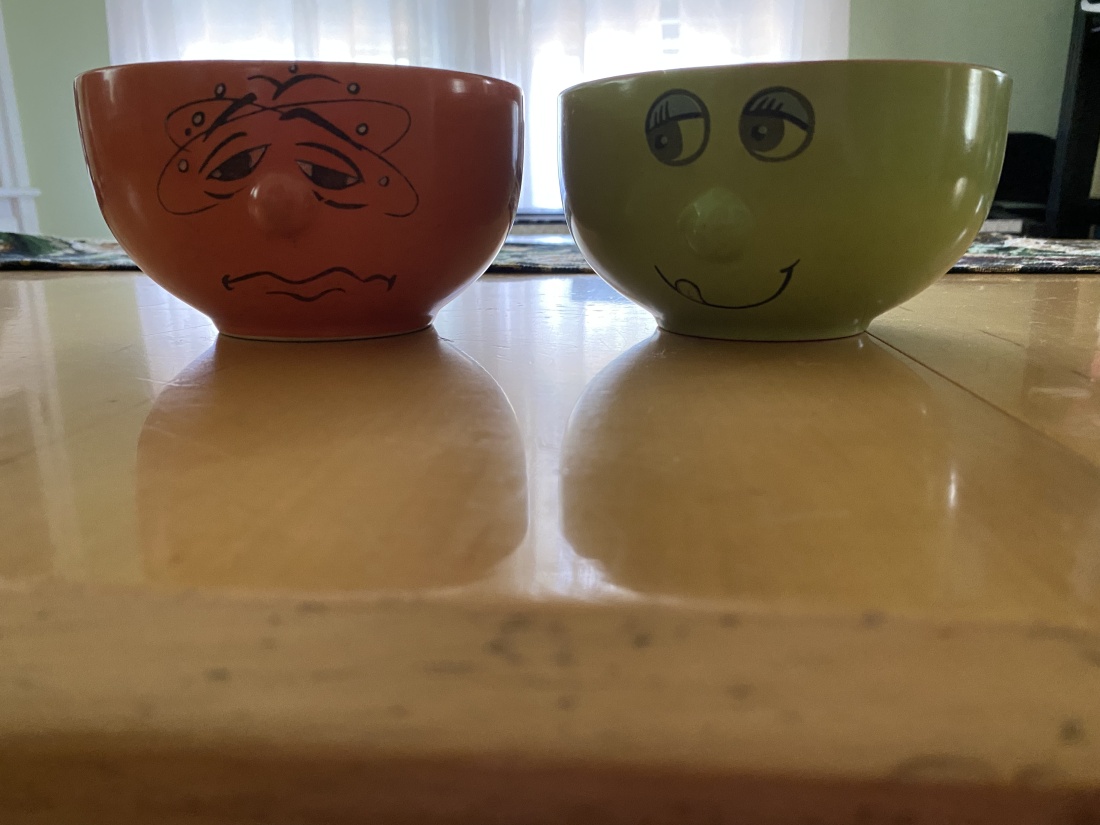Happy Summer Solstice, 2024!
Yeah, I’m a day late. Scientists and people who have spiritual reasons to track solstices remind us that the solstice is the day on which the earth’s axis is the most tilted on its journey around the sun. Winter solstice on one side of the planet, summer on the other. So this year summer solstice happened on June 20th.
Summer solstice activities generally celebrate the sun, nature (especially trees), renewal, fertility, abundance, and the season to come. Undoubtedly there were celebrations around the northern hemisphere yesterday. As far as I know no one erected a Stonehenge or, thank goodness, sacrificed an unborn calf. There must have been barbecues, though. Also bonfires, reenactments of the wrestling match between the Oak King and the Holly King, flower crowns, morning-dew baths, watch-the-sunrise parties, tree appreciations, picnics in the park, etc. Maybe even a few people set wooden wheels on fire and rolled them downhill into an unsuspecting body of water, like their ancestors used to.
Anyhow, I’m actually a bit glad to have been oblivious. It took pressure off of the day, and on June 20th it was hot and humid here, with temperatures in the high 90s. Plus I much prefer the number 21 to the number 20. I’m just a little mad that the solstice isn’t on the 21st every year. Sure, I can do summer-is-here stuff today, and for the next few months. Now if only that lhude cuccu would quit making so much noise…
Our patio umbrella knew. This morning, soon after sunrise, Dave went outside to take out the trash. At some point on the evening of June 20th, the umbrella had worked its way out of its base and aperture of the iron patio table and made its way into the back yard. Its blue canopy, tilted as the earth had been, maybe a bit more so, shaded the grass, and its finial pointed straight at the oak tree.
The umbrella’s solstice party was pretty wild, thunder and lightning and gusty winds, but suggestions abound for more temperate solstice activities. Outings, crafts, self-care stuff, mystical stuff. Watch the sun rise. Bathe your toes in morning dew. Meditate in the sun, or about the sun, or something. Take a prophetic walk. Build a summer altar. Wear yellow or gold. Make a flower crown. Plant a tree. Write your problems on little pieces of paper and burn them. Get sun into your day somehow.
I reviewed my yesterday, trying to figure out if I’d celebrated half as much as the umbrella. Even if by accident.
Let’s see…I’d missed the sunrise and worn sneakers, so no morning dew. I had taken a little walk before Cardiac Rehab, during which I’d passed through some nice gardens which I’d appreciated. Was it a prophetic walk?
A prophetic walk is evidently a walk in nature where you look for—or try to be open to—things that can be interpreted as signs or messages. Basically the kind of thing that happens to me a lot, because I’m such a pattern-seeker. The most recent occurrence was a few days back, with a message delivered by cats. I know, I know—last week I wrote about cats, but hear me out: I was walking down a quiet street and came upon a house with seven cats, super relaxed, in the front yard. Just sitting there, on the steps and in the garden and on the grass. Not disturbed one whit when I stopped to take a photo. And then, just three houses down the same street, four more cats doing exactly the same thing—except clumped a little closer together. Prophetic! It’s gotta be! Not sure of what, yet.
Yesterday’s walk was just a walk. Not prophetic of anything except being a little more tired than usual in rehab. Too bad. After rehab I hit walmart for aspirin and seat cushions. Then, as it was a slow day, I’d gone for my first pedicure in a couple of years.
Hole-in-the-wall place between a fish market and a dollar store. Inside: AC working. It was 97 degrees, so I was delighted to get out of the sun. (But: I’d been in the sun for a while at this point; that gives me a check on the solstice activity list). Friendly owner and nail techs. Lots of regular customers, everyone complaining about the heat. Man getting his toes done while taking a little nap in the chair across from me.
I picked a dusky pink polish with a sparkly overcoat. By the time the tech was finished, my toe tips were a shimmery, sandy rose gold. Wear yellow or gold: check.
The rest of the day was mundane and indoors: practice, dinner, TV shows, books, bed. I missed the sunset. No checks there.
Still, every time I look at my feet, I see the sun’s glow. And I didn’t have to prostrate myself before a tree…Checkmate, umbrella!









